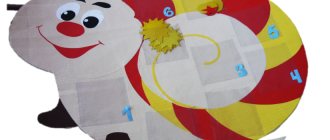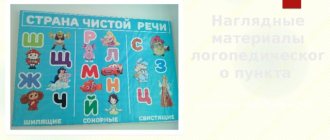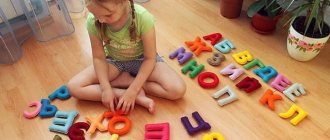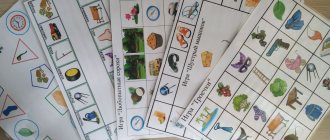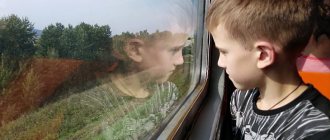Trainer “Vowels and consonants”. Vowels and consonants Start. - presentation
Trainer “Vowels and consonants”
Vowels and consonants Start
1. Find a picture in the title whose first sound is a vowel.
3. How can you name the pictures in one word? Choose only those birds whose names begin with a vowel sound.
4. How can you name the pictures in one word? Choose only those animals whose names end with a vowel sound.
5. In which series do all words begin with a consonant sound? 12)
5. In which series do all words begin with a consonant sound? 12)
5. In which series do all words begin with a consonant sound? 12)
6. Find the extra picture
1. How can you name all objects in one word? The children were given the task to choose those instruments in the name of which the first consonant sound is hard. Who completed the task correctly?
2. In which row in the title of each picture is the last sound a soft consonant? 12)
2. In which row in the title of each picture is the last sound a soft consonant? 12)
2. In which row in the title of each picture is the last sound a soft consonant? 12)
3. Which gardener plants berries whose names begin with a soft consonant?
4. In which row in the title of each picture is the last sound a hard consonant? 12)
4. In which row in the title of each picture is the last sound a hard consonant? 12)
4. In which row in the title of each picture is the last sound a hard consonant? 12)
5. Find the extra picture
1. How can you name objects in one word? In the name of which object is the first sound a voiced consonant?
2. Which vase contains flowers whose names begin with a voiced consonant?
3. In which row do all words begin with a voiceless consonant? 12)
3. In which row do all words begin with a voiceless consonant? 12)
3. In which row do all words begin with a voiceless consonant? 12)
4. How can you name objects in one word? Choose those objects whose names begin with a voiced consonant.
1. In which row in the title of each picture is the first consonant sound? 12)
1. In which row in the title of each picture is the first consonant sound? 12)
1. In which row in the title of each picture is the first consonant sound? 12)
2. In which row in the title of each picture is the last vowel sound? 12)
2. In which row in the title of each picture is the last vowel sound? 12)
2. In which row in the title of each picture is the last vowel sound? 12)
3. In which zoo do animals live whose first sound is a soft consonant?
4. Find the extra picture (pay attention to the sonority and dullness of the first sounds)
1. In which row in the title of each picture is the first vowel sound? 12)
1. In which row in the title of each picture is the first vowel sound? 12)
2. In which row in the title of each picture is the last consonant sound? 12)
2. In which row in the title of each picture is the last consonant sound? 12)
2. In which row in the title of each picture is the last consonant sound? 12)
3. Find the extra picture (pay attention to the hardness and softness of the first sounds)
4. Choose a basket containing vegetables whose first sound is a voiceless consonant.
5. Find a picture that begins with a soft voiced consonant
Didactic game “Living Sounds”
Toolkit
Didactic game " Living Sounds "
Completed by: Dunaeva N.F.
Didactic manual for teaching literacy “LIVING SOUNDS” (for children of different preschool ages)
Goals of the game:
- development of phonemic hearing;
— formation of skills in sound and syllabic analysis and synthesis of words;
- development of the ability to distinguish the first and last sound in a word;
- development of the ability to determine the location of sound in a word (at the beginning, at the end, in the middle)
.
Didactic game " Living Sounds "
The modern system of teaching reading and writing is based on the child’s correct representation of the sound-letter composition of a readable and audible word. Teaching children to read and write in kindergarten is carried out using the analytical-synthetic method. This means that we introduce children first to the sounds of their native language, and then to the letters. When learning both writing and reading, the initial process is the mental division of a word into its constituent sounds, establishing their quantity and sequence. To prevent a child from confusing letters or rearranging them, it is important to teach children not just to merge letters into syllables, syllables into words, but to teach children sound (phonetic)
analysis of syllables and words.
Five- and six-year-old children are already ready to learn to read and write; it will not be difficult to teach them to hear sounds, put them into words and, accordingly, read. The main thing is to do it correctly while playing
. Since the leading activity in preschool age is play.
I would like to introduce you, colleagues, to another interesting gaming method - the game “ Live Sounds ”
.
It is based on multi-colored caps (I tried to match them by color (red caps – vowels – letters; blue caps – hard consonants – letters; green caps – soft consonants – letters, a sounding hammer (to determine voiced, voiceless). Pronouncing sounds in a syllable or In a word, children with multi-colored caps on their heads connect with each other, forming a syllable. This technique clearly shows what color scheme both the sound and the syllable have. Children “sounds” think through and pronounce each sound (vowel, or hard consonant, or soft consonant)
, giving it a characteristic. As a result, children "sounds"
are "friends"
with each other, forming syllables or words. The result is a logical and understandable chain for children: sounds
(along with their visual letter image)
syllables, syllables words. For tasks I use object pictures, a set of letters, syllable cards. I use the game in all types of classes.
“ Living Sounds "
is in the speech corner, freely available for children and they
play
.
The “LIVE SOUNDS” manual is used in the following games:

